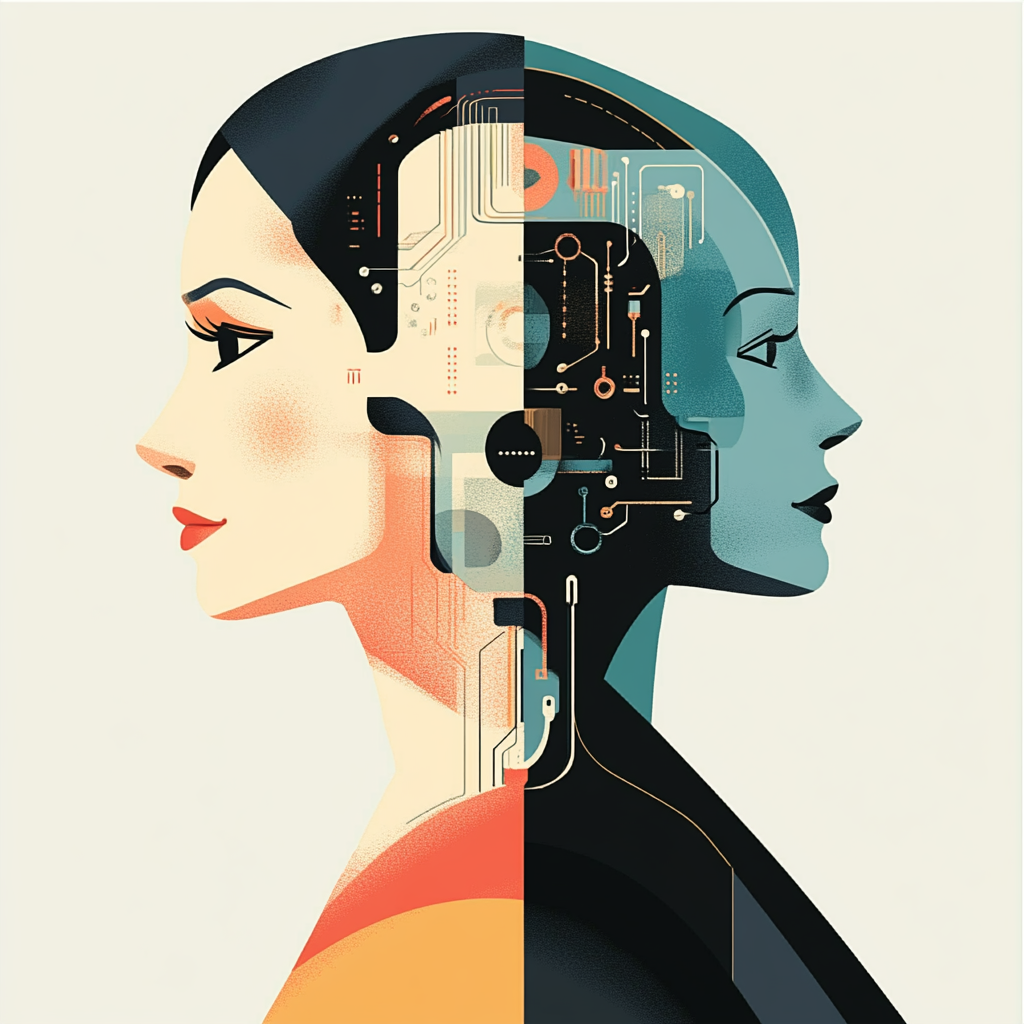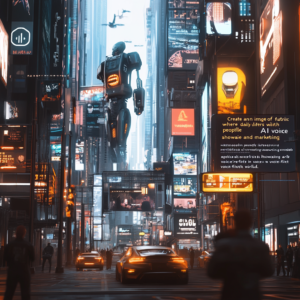
“Navigating the AI Integration: Transforming the Workforce and HR Strategies”
Navigating the AI Workforce: A Brave New Employment Landscape
Step aside, traditional workplaces, because a revolution is brewing. The dawn of artificial intelligence (AI) is not an abstract future scenario; it’s here. And as companies navigate this new terrain, those who prepare stand to gain a competitive edge. Let’s explore how organizations like ManpowerGroup are not just adopting AI, but embracing it as a valuable teammate.
AI: The New Recruiter in Town
A staffing titan, ManpowerGroup is leading the charge with its innovative AI-powered platform, Sophie. Now, picture this: instead of fumbling through endless resumes, searching for that elusive perfect candidate, you hit a button and let Sophie take over. This intelligent system doesn’t just find candidates; it also unpacks its reasoning for recommendations, making the hiring process a transparent affair—something you would want from a partner, right? Carolyn Balkin, the general manager for Global Client Solutions at ManpowerGroup, described Sophie as a catalyst for focusing on what truly matters: hiring the right folks and crafting an environment built on honesty and mutual respect.
Onboarding: More Than Just Pressing ‘Start’
Now, onboard isn't simply about flipping a switch. With Accenture leading by example, the seamless integration of AI agents into teams is akin to introducing a new family member—something that requires care, patience, and proactive engagement. Accenture’s approach includes establishing feedback loops so AI agents can learn not just from the data but from their human colleagues. Can you imagine an AI that thrives in collaboration, learning the nuances of human interactions? That is the modern workplace evolution.
Shifting Workforce Dynamics: The AI Effect
With every tech revolution comes a reshuffling of the deck. Here's what the new landscape looks like:
Soft Skills Take the Stage
As the robots take over monotonous, drudgery tasks, humans are shifting their focus to what they do best—interpersonal relations. Complex reasoning, problem-solving, and effective communication are becoming the prized skills of the future. Suddenly, being able to play nicely with others and work with AI isn’t just a nice-to-have; it’s fast becoming a necessity.
Crafting New Careers
The traditional job landscape? Consider it under construction. New roles are sprouting up like weeds—SAP engineers, AWS experts, and Salesforce aficionados are now all the rage. The cookie-cutter profiles of yesteryear are being replaced by specialists who can tango with AI. So, if you’re one of those whose career aspirations involve trendy tech speak, you’re in good company!
Breaking Down Silos
Remember the days when departments worked in isolation? Those days are long gone. AI adoption demands a unified approach across the organization. IT, HR, and various departments need to come together, hold hands (metaphorically, of course), and collaborate like never before. It’s about ensuring that AI agents are integrated flawlessly and work in harmony with the human workforce.
HR: The Gatekeepers of AI Integration
The role of Human Resources is evolving and becoming ever more critical in this AI-centric world. Here’s what you need to know:
Transparency Is Key
HR must step up, crafting clear policies that delineate how AI will function within the organization. They need to tackle employee concerns head-on—people want assurance that AI is to be a helping hand, not a job snatcher. Communicating transparently about AI’s role can quell anxieties and build trust.
Metrics Matter
To measure the success of AI integration, businesses must establish performance metrics. What does success look like for human and AI collaborators alike? By aligning these indicators with overall business objectives, companies can see the tangible payoffs of their investments in AI.
Retraining: Embrace Change
With AI taking on more tasks, retraining employees is non-negotiable. Human workers will need to learn how to oversee and interact with AI agents effectively. Skills in management and understanding AI roles become paramount, creating a bridge between man and machine.
Opportunities Amidst Challenges
Integrating AI into the workforce isn’t just a line item on a to-do list; it comes with its own set of challenges and golden opportunities:
Striking a Balance
Maintaining that human touch is paramount; after all, we don’t want a world entirely devoid of human interaction. Organizations need to navigate this balance delicately; fostering a culture where both human ingenuity and AI efficiency can thrive hand-in-hand.
Ethical Dilemmas
With great power comes great responsibility. The use of AI ushers in ethical quandaries such as biases embedded in algorithms and fears of job displacement. Forward-thinking companies must proactively address these issues before they escalate into crises. After all, it’s hard to build a great workplace if your AI is seen as the villain.
Innovative Workforce Strategies
AI isn’t simply a tool for the status quo; it’s a game changer that automates uninteresting tasks, provides real-time data insights, and allows for more adaptable work arrangements. Businesses must pivot to more personalized strategies for workforce management, capitalizing on this tech evolution.
Wrapping Up the AI Adventure
So here we are, at the forefront of something monumental: the management of an AI workforce. Organizations that approach this challenge with transparency, robust metrics, active retraining, and a strong ethical backbone are poised for success in this brave new world. The integration of AI must enhance the essence of human input, not eradicate it.
Your journey doesn’t have to end here. Curious about the latest revelations in the world of AI and workforce dynamics? Dive into the conversation and keep those neurons firing!
Want to stay up to date with the latest news on neural networks and automation? Subscribe to our Telegram channel: @ethicadvizor.

